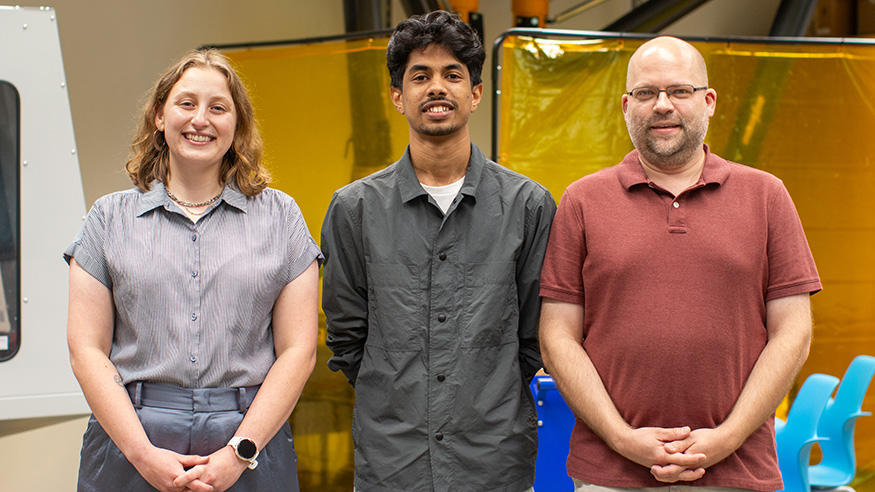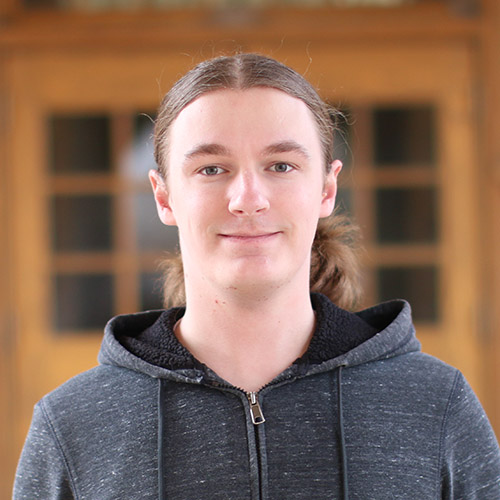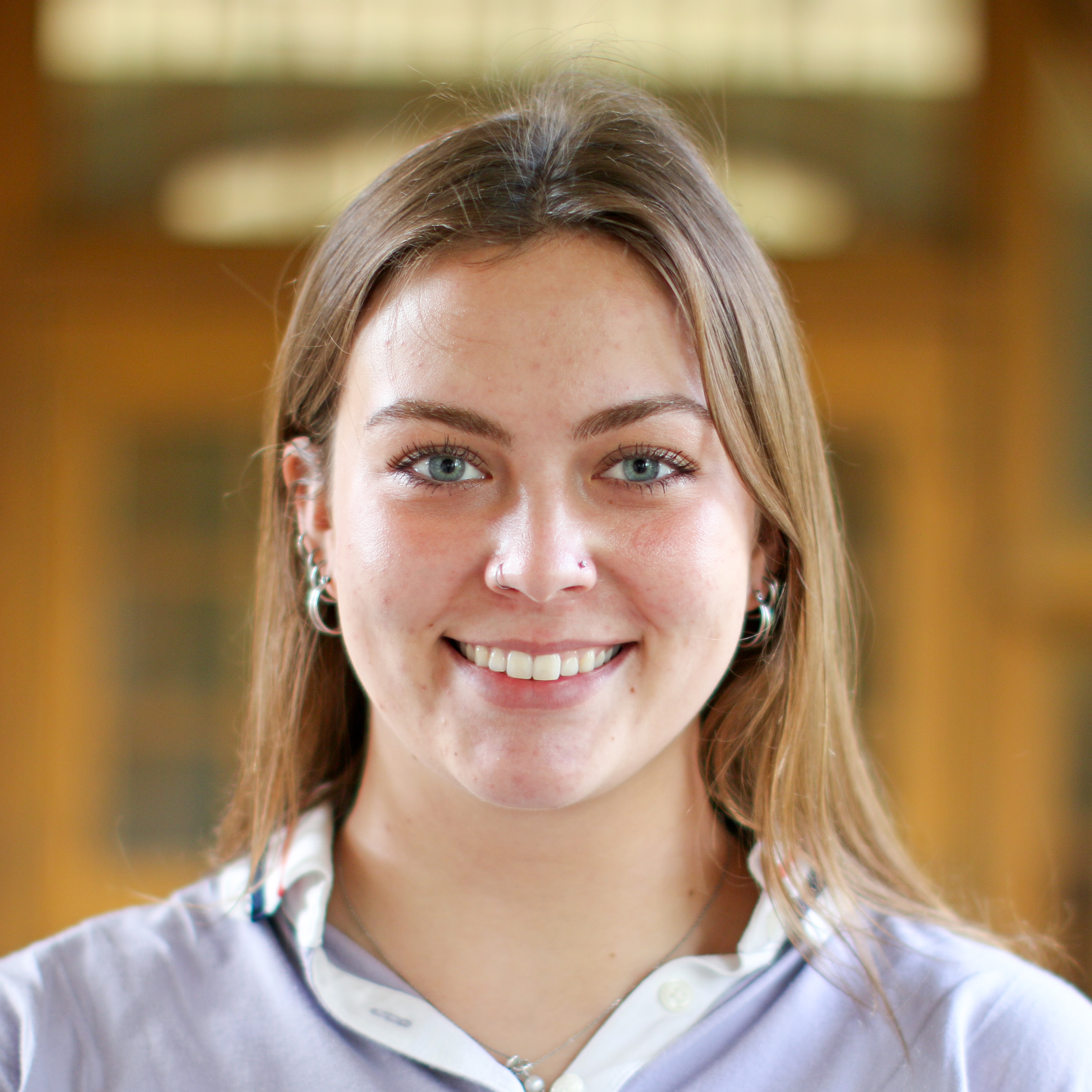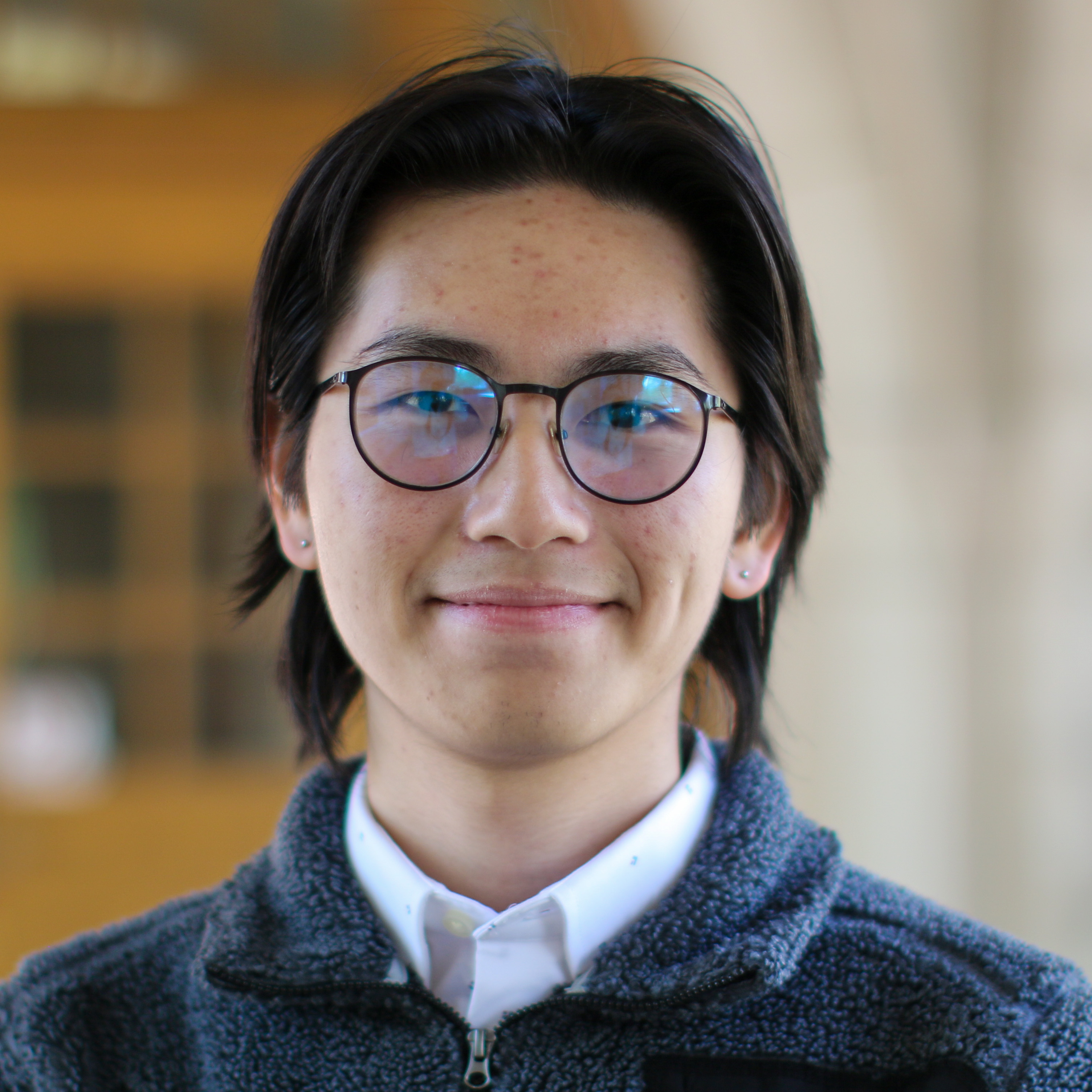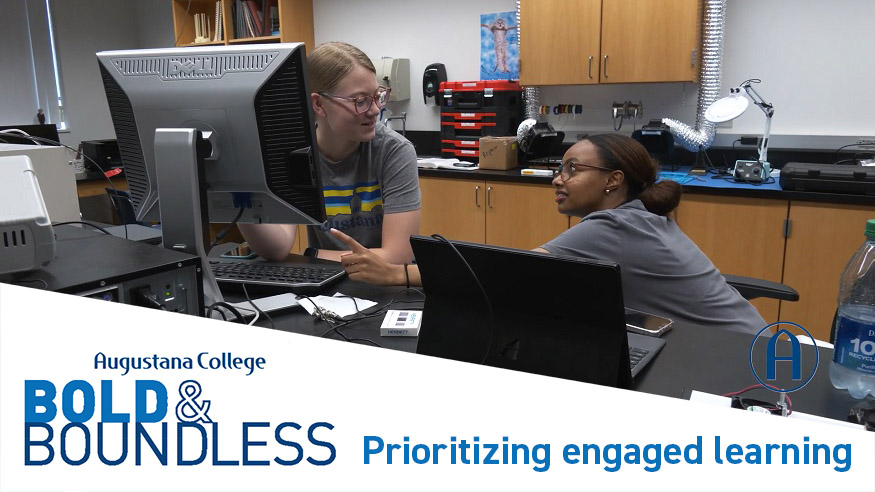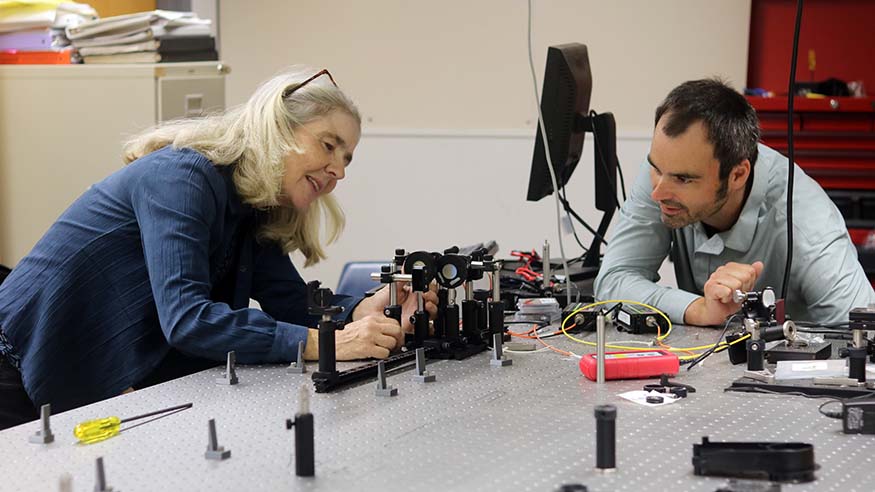If an Augustana liberal arts education makes you a good problem-solver (it does), then your physics major means you can solve problems with an even greater understanding of how the universe works.
Physics at Augustana can take you in many directions, depending on your curiosities: thermodynamics, mechanics, astrophysics, electricity and magnetism, and quantum physics.
You can major or minor in physics or major in teaching physics in the secondary schools. The full-time physics faculty all hold a Ph.D., and teach all laboratory sessions as well as courses.
If you are interested in combining the applied side of physics and engineering, you can choose a major in engineering physics with a chemical, electrical or mechanical track.
Many physics grads pursue technology careers, while others enter graduate programs in physics, engineering, medicine or education. All benefit from an undergraduate education that pairs them with supportive faculty mentors in research and experimental projects, and novel exploration in engineering design.
Engineering Physics
The Engineering Physics major combines coursework in fundamental physics with specialized courses in applied physics and engineering.
This 4-year degree is more flexible than the Engineering (Bachelor of Science) program, allowing students to major in an additional subject(s) at Augustana.
Students who major in Engineering Physics can choose the dual degree 3-2 program option in which they earn a Bachelor of Arts in engineering physics from Augustana and a Bachelor of Science in Engineering from a partner university.
The program requires three years at Augustana followed by at least two years at the engineering school. Augustana has formal partnerships with Columbia University, Northern Illinois University and Washington University in St. Louis. However, students may attend any 3-2 program to which they gain admittance. Recent graduates have also attended University of Illinois (Urbana-Champaign), University of Iowa, University of Minnesota, Iowa State University, and Purdue University. Students participating are required to work closely with their Augustana advisor through the entire process and complete the coordinated degree program agreement prior to departing Augustana.
Physics and Teaching Physics
Physics at Augustana can take you in many directions, depending on your curiosities: thermodynamics, mechanics, astrophysics, electricity and magnetism, and quantum physics.
You can major or minor in physics or major in teaching physics in the secondary schools. Many physics grads pursue technology careers, while others enter graduate programs in physics, engineering, medicine or education.
Distinctions
- Physics labs in the Hanson Hall of Science include two labs for basic physics, and labs for optics and modern physics, electronics and acoustics, engineering, scanning electron microscopy and an instruments lab. Two research labs are dedicated to non-linear optics and nuclear physics. Students of astrophysics also use the John Deere Planetarium and Carl Gamble Observatory on campus.
- We have a 100% job placement rate for teaching physics in high school for teaching physics majors for the last five years. Plus, Augustana's new POST scholarship program supports teaching physics majors who plan to teach in high-need school districts.
- Our student-led mentoring program pairs first- and second-year students with junior and senior majors. Seniors are paired with an alumni mentor so they are ready to take the next step, whether that’s a job or graduate school.
- Augustana offers many study-abroad options. Traveling together with professors, students explore some of the most important European sites for technology, innovation, physics and engineering, many using their $2,000 with Augie Choice for travel expenses.
- The award-winning Augustana Physics and Engineering Society (APES) is a fun, engaged group of students focused on developing a sense of community through presentations, outreach to area schools and discussions on modern science.
